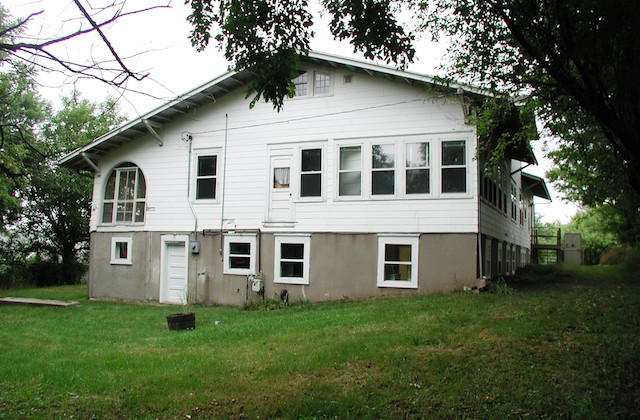The National Trust for Historic Preservation features sites of historic and cultural importance to Black, Indigenous, Latinx and Caribbean communities—all threatened by nature or development—on its 2018 list of the “11 Most Endangered Historic Places" today (June 26).
This year’s list, like previous iterations, aims to illuminate buildings and districts that the preservation organization believes could disappear or suffer irreversible damage without support from local communities, government and industry. They include Puerto Rico and the U.S. Virgin Islands, which both that withstood so much damage from hurricanes last year that the National Trust listed them as "Hurricane-Damaged Historic Resources."
“Following last year’s tragic disaster, the hurricane-damaged historic resources of Puerto Rico and the U.S. Virgin Islands continue to face significant challenges due to limited materials, financing and expertise,” Stephanie K. Meeks, president and CEO of the National Trust, said in an emailed statement. “With another hurricane season already upon us, our fellow Americans on the islands need urgent attention and action to implement preservation solutions that strengthen economic recovery efforts. Saving this irreplaceable cultural heritage is key to the future of the islands.”
Here are some of the other endangered sites from the list:
- rnt
- Five high school campuses in Los Angeles where Chicano students and Brown Berets organized walkouts to protest racism and under-funding in 1968. The protests constituted a major chapter in the Chicano Movement. The National Trust, in partnership with the Los Angeles Conservancy, seeks to protect several of the buildings from demolition.
rntt - The Mary and Eliza Freeman Houses in Bridgeport, Connecticut. Built by sisters Mary and Eliza Freeman in 1848, they are the last remaining original residences from Little Liberia, the pre-Civil War community of non-enslaved African Americans in Bridgeport. The Mary & Eliza Freeman Center for History and Community seeks to turn the deteriorated housesmuseums and community revitalization anchors.
rntt - The Isaiah T. Montgomery House in Mound Bayou, Mississippi. The house’s namesake occupant, who was formerly enslaved by Confederate president Jefferson Davis, helped create Mound Bayou, one of the first entirely Black municipalities in the Mississippi Delta after the Civil War.
rntt - The Dr. Susan LaFlesche Picotte Memorial Hospital opened in 1913 on land belonging to the Omaha Tribe of Nebraska. It takes its name from the first Indigenous woman to practice medicine in the United States, and she practiced there until her death in 1915. The building, which the National Parks Service identified as the first Native American reservation hospital built without federal funds, is currently uninhabited.
rntt - The Ashley River Historic District near Charleston, South Carolina, includes several sites related to the history of Native and African Americans in the Lowcountry region. The National Trust says that the city of North Charleston’s proposed annexation of more than 2,000 acres will lead to development that negatively impacts the area’s natural landscape.
rnt
rnt
rnt
rnt
rn
Learn more about these sites and others at SavingPlaces.org.
